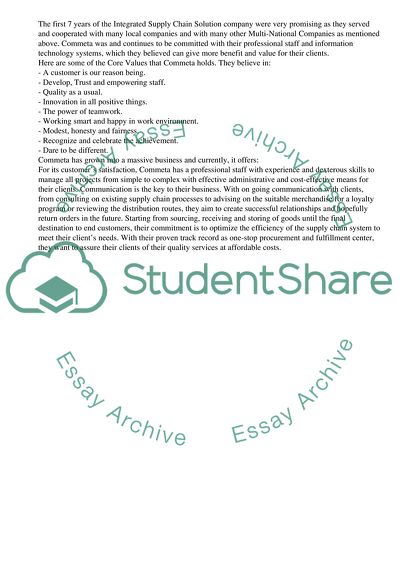Cite this document
(Building a Successful Learning Organization Case Study, n.d.)
Building a Successful Learning Organization Case Study. Retrieved from https://studentshare.org/business/1708539-learning-organization
Building a Successful Learning Organization Case Study. Retrieved from https://studentshare.org/business/1708539-learning-organization
(Building a Successful Learning Organization Case Study)
Building a Successful Learning Organization Case Study. https://studentshare.org/business/1708539-learning-organization.
Building a Successful Learning Organization Case Study. https://studentshare.org/business/1708539-learning-organization.
“Building a Successful Learning Organization Case Study”, n.d. https://studentshare.org/business/1708539-learning-organization.


